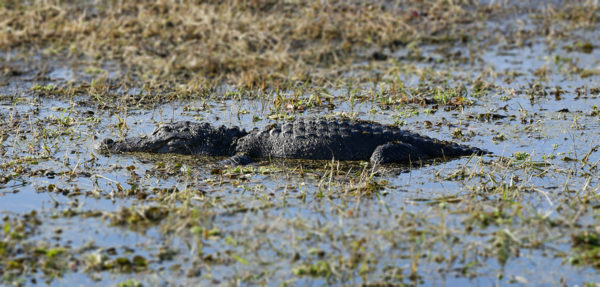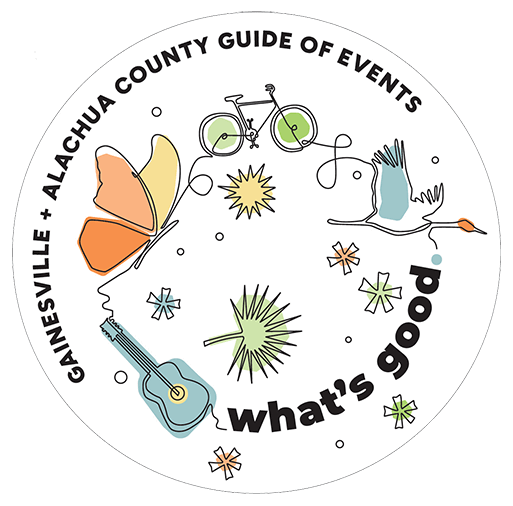This control panel describes what kinds of cookies are present on this website and allows you to enable or disable different types of cookies.
Cookies are small pieces of text saved by websites to your computer. Cookies are how your computer remembers things you’ve already done on the internet and are an important part of making modern websites work properly.
Because cookies may contain information about your browsing habits, some people prefer to turn them off entirely. However, turning off cookies can prevent websites from working the way you expect.
These cookies are critical to the functioning of this website and cannot be disabled through this control panel. They don’t contain any information about your identity. They can be disabled through your browser, but doing so could cause some parts of this website to stop working.
wordpress_, wp-
Always enabled
These cookies collect information on visitors to our website to help us understand how well our website is working and how to improve it.
These cookies collect information on your browsing habits to help our advertising partners show you more relevant ads.
These cookies help social media sites understand your likes and dislikes so they can show you more relevant content. They also make it easier to share contents from other websites such as ours to your social media profiles.

Beware of Alligators
Alligators have been around since the age of the dinosaurs. Found only in the southeastern United States, American Alligators inhabit freshwater lakes, and other bodies of water. Often you may see their eyes, heads, or back ridges protruding from the water’s surface. From a distance, Alligators in the water can sometimes look like floating logs.
Alligators feed mainly on fish, turtles, snakes, birds, and small mammals.
Alligator behavior changes with the weather since they are cold-blooded. During cooler winter months alligators slow down and become more dormant. As temperatures rise in late Spring and early Summer, alligator activity increases. Around the month of May, you may see or hear male alligators “bellowing”, or making a low rumbling sound, in order to attract a mate.
Around the month of June, alligator nests are built from mounds of decaying vegetation up to 3 feet high and several feet across. In the center of the nest, females lay 30-50 hard-shelled eggs which hatch in about 65 days, typically around July-August. Female alligators are very protective of these nests and will act aggressively toward anyone who gets too close.
General Tips:
Additional Resources:
Florida Fish and Wildlife Conservation Commission
Nuisance Alligator Hotline at 866-FWCGATOR (866-392-4286).

